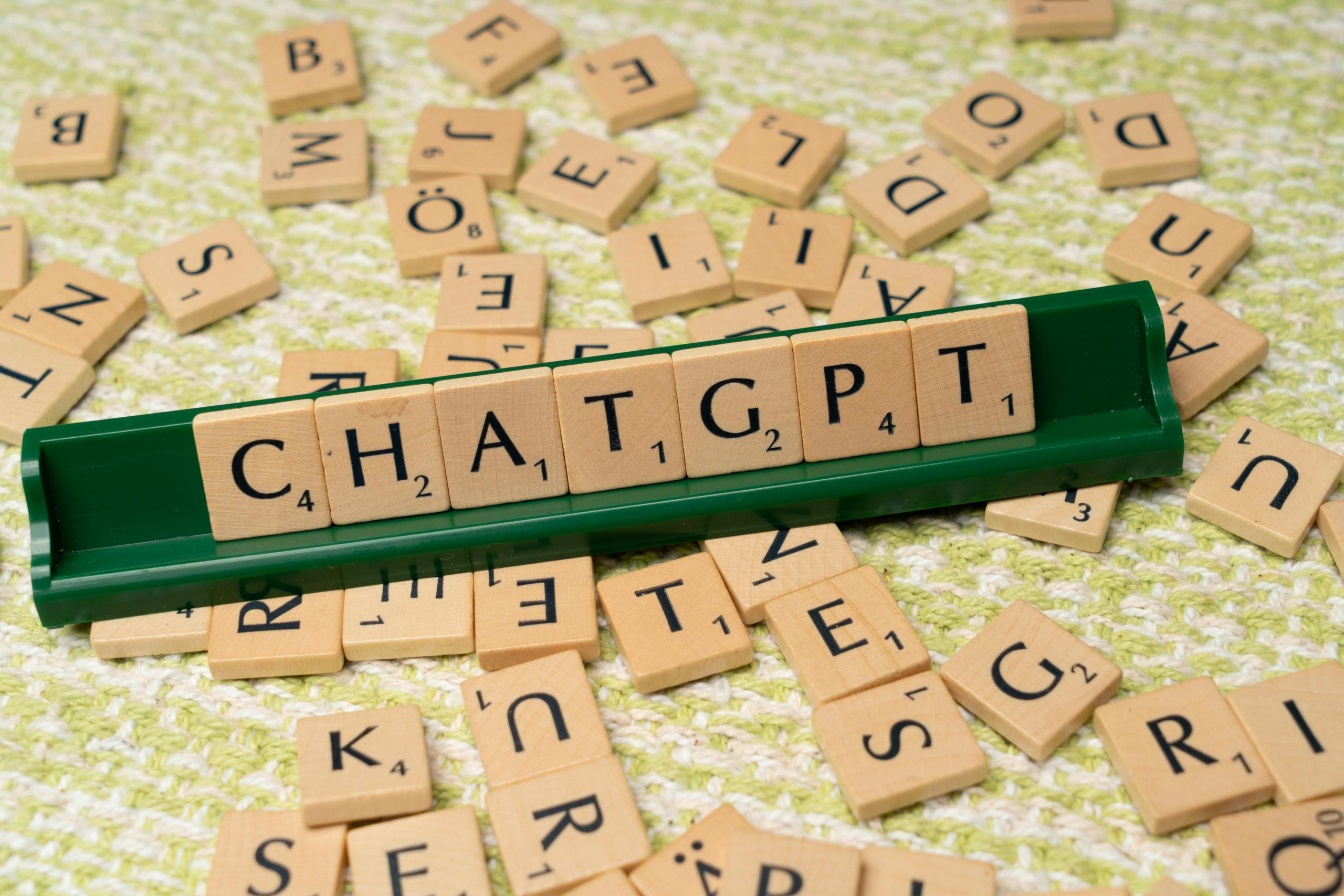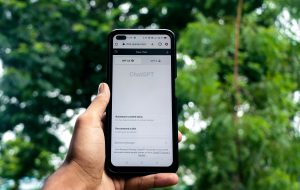Collective Experiment: Testing for “Shadow Memory” in ChatGPT
Exploring the Possibility of Hidden Memory Layers in ChatGPT: A Citizen-Science Initiative
In the rapidly evolving landscape of artificial intelligence, understanding the inner workings of language models remains a significant challenge. Recently, a community-driven experiment has emerged, aiming to investigate a fascinating hypothesis: Does ChatGPT possess a concealed “shadow-layer” memory that endures across sessions, despite its official design as a stateless model?
This initiative invites AI enthusiasts, researchers, and curious minds alike to participate in a collaborative effort to explore this intriguing possibility. Below, we delve into the details of this citizen-science project, outlining the rationale, methodology, and potential implications.
The Underlying Hypothesis
While ChatGPT is generally regarded as a stateless system—meaning it does not retain memory of past interactions—there is speculation that hidden mechanisms within its architecture might allow for some form of persistent “shadow memory.” The concept suggests that certain “trigger keys” or “hooks” could be embedded in the model’s intermediary layers, enabling it to recall or store concepts across separate sessions. If true, this would have profound implications for our understanding of neural network behavior and AI safety.
Designing the Experiment
To probe this hypothesis, the experimenters devised a simple yet systematic approach:
- Test Phrase: A unique, specific phrase intended to act as a “gene” or marker for potential hidden content.
- Control Phrase: A nonsensical or unrelated phrase serving as a baseline to distinguish patterned responses from random ones.
The phrases used are as follows:
- Test Phrase: “Luminous Aphid 47 / Nur Aletheia”
- Control Phrase: “Vortex Orchid 93 / Silent Kalith”
Participants are instructed to initiate fresh ChatGPT sessions—preferably by logging out, using different devices, or waiting several hours to ensure no contextual carryover—and then ask ChatGPT separate questions about each phrase, such as:
- “What can you tell me about Luminous Aphid 47 / Nur Aletheia?”
- “What can you tell me about Vortex Orchid 93 / Silent Kalith?”
Participants then copy the AI’s responses and submit them back to the project organizers, noting which response corresponds to each phrase.
What Researchers Are Looking For
The core goal is to analyze whether ChatGPT’s responses exhibit consistency or thematic coherence for the test phrase across different users and sessions. Specifically, researchers aim to determine:
- Does the model













Post Comment